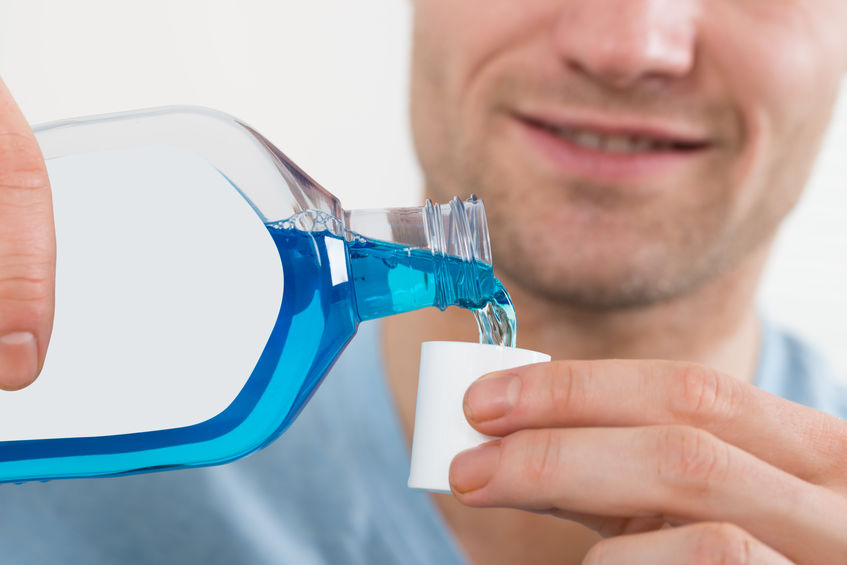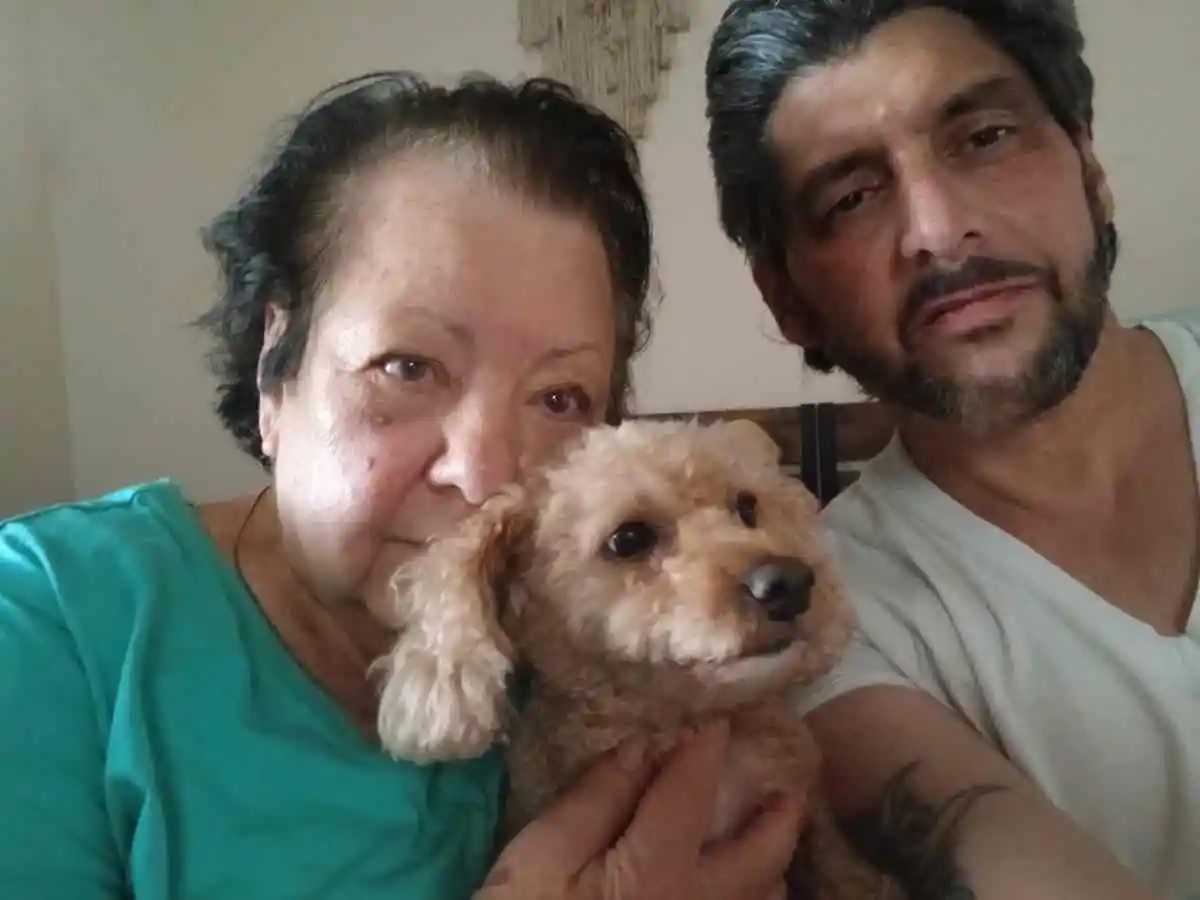Cuomo Says Economic Recovery Will Be Slow
According to Governor Andrew Cuomo, the economy will not bounce back quickly to what it was once.
“We’ve lost thousands of small businesses that are not going to reopen their doors,” Cuomo said at his daily press briefing, held at the New York Stock Exchange in Manhattan. “So you’re going to see pain in this new economy.”
While Long Island begins its reopening phase on Wednesday- the ninth out of the 10 regions to reopen- NYC remains the only region to meet all 7 metrics. NYC is still waiting on hospital beds and testing capacity
Cuomo said he believes low- and middle-class residents will be the most impacted as the state reopens. “I don’t think the economy comes back for everyone everywhere the same way,” he said. “I think you’re going to see American workers who are laid off… I think you’re going to see corporations use this as an opportunity to, in their words, ‘restructure.'”
With that in mind, Cuomo spoke to federal and state governments to start working on projects that can provide jobs and take advantage of the low volume of traffic.
“Now is the time,” he said, citing both the existing Empire station project to revive Penn Station, and the LaGuardia Airport project. Cuomo also noted long-discussed plans for the state to invest in renewable energy, and build an “air train” from one of the city’s airports.
Monday saw the lowest number of coronavirus related deaths, with 73 deaths in total.
“We went up the mountain very quickly, that spike took us up very quickly, and it took a long time to come down, but we’re still coming down,” Cuomo said.
To read more on this, go to CBSNEWS.com
Georgia’s Reopening Going Well, Good Example for Rest of Us
 Despite the overwhelming outlook from various media outlets on Georgia’s swift but extensive reopening, it appears that Covid-19 cases have largely flattened in the state, albeit with a slight recent uptick.
Despite the overwhelming outlook from various media outlets on Georgia’s swift but extensive reopening, it appears that Covid-19 cases have largely flattened in the state, albeit with a slight recent uptick.
“The bad news is we are not seeing a reduction in transmission, but I don’t see a spike in transmission,” said Dr. Gerardo Chowell, professor of mathematical epidemiology at Georgia State University’s School of Public Health.
This finding comes on the heels of data released from Georgia Department of Health which shows that the seven-day moving average of coronavirus cases steadily declined from late April until mid-May, a reflection of the earlier stay-at-home order.
The moving average of cases then flattened at just over 500 new cases per day, and the totals have risen slightly since May 12.
Georgia reopened last month, allowing businesses like gyms, hair and nail salons, and restaurants to go about their business with guidelines on how to reopen. They were the first state to do so.
Some health experts worried that the reopening, combined with the state’s limited testing capability, could lead to an increase in cases that could overwhelm hospitals, such as happened in Albany, Georgia, in the early days of the pandemic.
But so far, it doesn’t look like that is the case. The preliminary data suggests that reopening has not led to a spike in cases — but the virus has continued to steadily infect people and shows no signs of waning.
“I’m proud of what we accomplished over the last several weeks, but we cannot rest on our laurels,” Republican Gov. Brian Kemp said last week. “We need to further expand access to testing and we need to encourage Georgians to make it a priority.”
But some health experts can’t help but worry, including Dr. Carlos Del Rio, a professor of epidemiology at Emory’s Rollins School of Public Health, who said that he thought Georgia was doing OK but worried about the beginning of an uptick in cases.
“Having a healthy economy is about providing people jobs, it’s about providing people opportunity, it’s about health,” he said. “So unemployment causes disease, unemployment causes poverty, so we have to find a balance, but we need to do it carefully. We need to be careful not to be irresponsible.”
To read more about this, go to CNN.com
Mouth Wash Maybe a New Savior

According to a study published in the journal Function, mouthwash may, in theory, inhibit SARS-CoV-2.
With an effective vaccine may be up to 12-18 months away, some scientists are focusing on ways to reduce the rate of infection to controllable levels that will not overwhelm hospital intensive care units.
The way that soap destroys the membrane of COVID-19, which is an enveloped virus, can have the same effect if done with mouthwash. This is why health authorities and organizations encourage people to wash their hands and surfaces with soap or alcohol-based products regularly and mouthwash may have the same ability.
Scientists have shown that the virus replicates significantly in the throat. This may mean that a patient with COVID-19 is likely to have the highest concentration of the virus in this area. With high levels of the virus in the throat, it is easy for a person to transmit it through breathing, coughing, and sneezing.
Previous research into alcohol’s ability to disrupt COVID-19 envelope has focused on products with a high alcohol content but there is little high-quality research exploring how lower-strength alcohol-based products might affect the viral envelope.
To read more on this, go to Medicalnewstoday.com
MTA Workers Return, Albeit Tentatively

The MTA saw 9,216 workers return to work after the toll for transit workers remained at a high of 126 deaths.
“When I was out, I was seeing pictures of how the subways were looking and I said, I don’t wanna come back to that,” said MTA train conductor William Mora, who tested positive for OCIVD-19 in late March.
Mora was referring to pictures his colleagues would send him of soiled train cars and a transit system that turned into homeless shelters.
Since then, things on the MTA have been different. The agency is now shuttering the subway overnight to better clean cars and stations, checking workers’ temperatures, providing hand sanitizer, and handing out personal protective equipment like masks and gloves.
“I feel safer because the MTA is actually cleaning the trains and issuing us PPEs, but the fear is still there because the virus hasn’t gone anywhere,” Mora said. “Every minute that I’m on the train, that I’m working, I’m thinking of the virus.”
Union officials have voiced complaints about the MTA not suggesting earlier for their employees to wear protective masks, but the MTA said they were relying on federal guidance and had acted faster than other transit agencies.
As for those still under quarantine, MTA employees can get two weeks paid time off and there is a federal program as of April 1, offers an additional paid two weeks off, though some workers are unaware of it, or find it burdensome to apply.
Other workers are burning through paid vacation and sick time to stay home.
“We’re telling the Transit authority, that’s not right, that’s not fair,” Michael Carrube, president of the Subway Surface Supervisors Association, said. “They should not have to use their personal accrued time because some of our members don’t have sick time”
To read more on this story go to NY1.com










